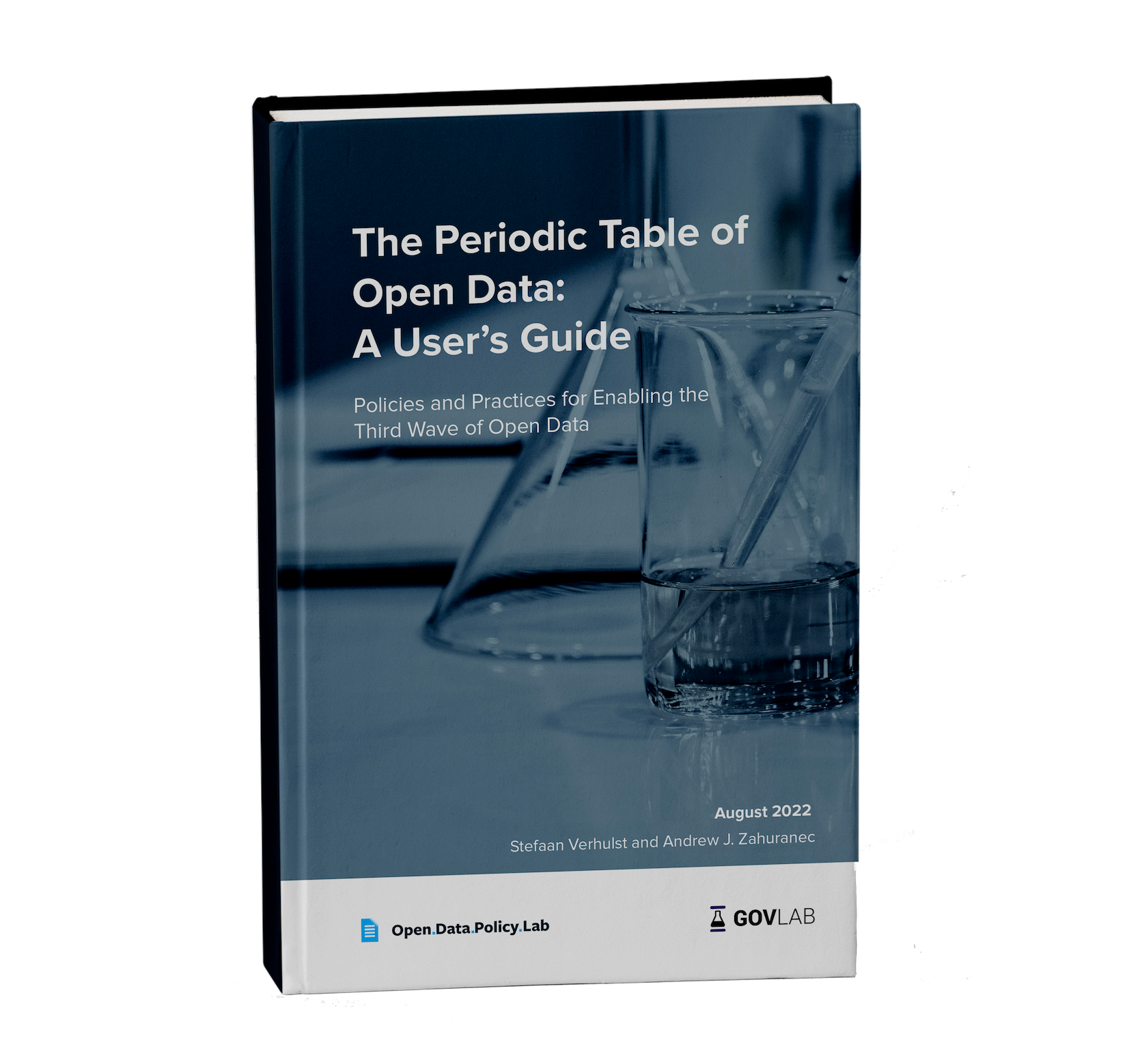Article by Erez Yoeli: “Most consumers still don’t choose sustainable products when the option is available. Americans may claim to be willing to pay more for green energy, but while green energy is available in the majority of states — 35 out of 50 states or roughly 80% of American households as of 2018, at least — only 14% of households were even aware of the green option, and less than half of these households purchased it. Hybrids and electric vehicles are available nationwide, but still amount to just 10% of sales — 6.6% and 3.4%, respectively, according to S&P Global’s subscription services.
Now it may be that this virtue thinking-doing gap will eventually close. I hope so. But it will certainly need help, because in these situations there’s often an insidious behavioral dynamic at work that often stops stated good intentions from turning into actual good deeds…
Allow me to illustrate what I mean by “the plausible deniability effect” with an example from a now-classic behavioral economics study. Every year, around the holidays, Salvation Army volunteers collect donations for the needy outside supermarkets and other retail outlets. Researchers Justin Rao, Jim Andreoni, and Hanna Trachtmann teamed up with a Boston chapter of the Salvation Army to test ways of increasing donations.
Taking a supermarket that had two exit/entry points, the team randomly divided the volunteers into two groups. In one group, just one volunteer was assigned to stand in front of one door. For the other group, volunteers were stationed at both doors…(More)”.

